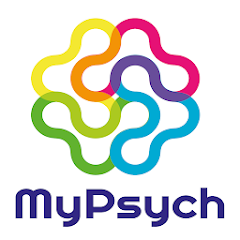1. HCSW (or appropriate other i.e. student nurse or registered nurse) to escort patient to the treatment room as delegated by the registered nurse.
2. Confirm the identity of patient following process described in the Policy & Procedures for the Safe Identification of Patients
3. Ensure the environment where administration is to take place is clean, tidy and free from interruptions.
4. Where appropriate check patient's vital signs are within normal limits.
5. Confirm the patient’s allergy status.
6. Unlock and open medicine trolley.
7. Check the prescription medicine label i.e. the name, form, dose and expiry date.
8. Check recording sheet to ensure dose has not already been given.
9. Confirm medication with patient and verify verbal informed consent.
10. Dispense into appropriate receptacle and administer as prescribed.
11. Offer water as required.
12. Observe patient whilst medication is taken.
13. Record administration on HEPMA system and (if required) concurrent prescription tool.
14. If prescribed medicine self-administered record clearly, including the time of administration.
15. If prescribed medicine refused or not given for any reason this must be documented on HEPMA record and the responsible doctor informed, if necessary.
16. Close and secure medication trolley.
17. Ensure area is left clean and tidy.

